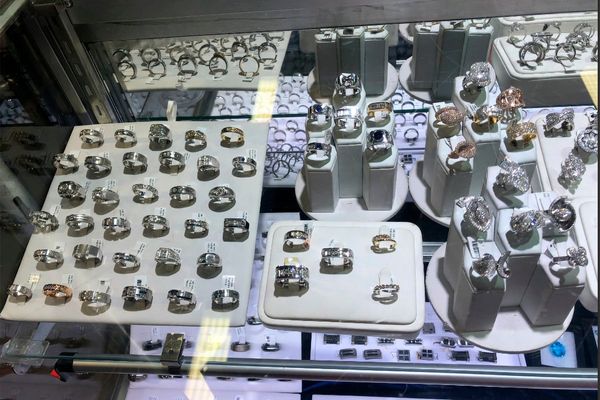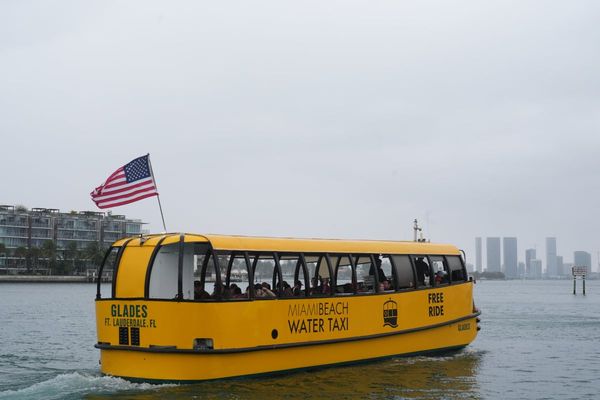
City Cortex, a research programme supported by world-leading cork producer Corticeira Amorim and unveiled this month, uses Lisbon as a testbed to explore new possibilities for the material's use in urban design. The project challenged internationally recognised architects and designers Eduardo Souto de Moura, Diller Scofidio + Renfro, Gabriel Calatrava, Leong Leong, Sagmeister & Walsh, and Yves Behar to present experimentations with cork, creating a series of public installations. The concept was curated by Guta Moura Guedes, a mainstay in Portugal’s art and culture scene.

City Cortex opens to the public
'Cork is a very sweet and emotional material [...] We are surrounded by concrete, by iron, and now we have these small gestures made of cork to teach us that nature is part of our cities, and that sweetness and wellbeing are as well,' explains Moura Guedes of City Cortex, which was inaugurated last weekend in Lisbon.
Originally slated for an opening in New York City before the pandemic, City Cortex moved its launch closer to its Portuguese cork roots, with works now installed on sites across Belém and Trafaria in Lisbon until November 2024.
Projects include Diller Scofidio + Renfro’s 'Second Skin', where cork-wrapped tree trunks transform a small public garden near the Biblioteca Municipal de Belém into an open-air reading room; and Behar’s 'Port_All' totemic cork structure, symbolically mirroring nearby Belém Tower, while also leaning into cork’s softness and highly absorbent properties to offer a sensory respite from the city's typical material palette.
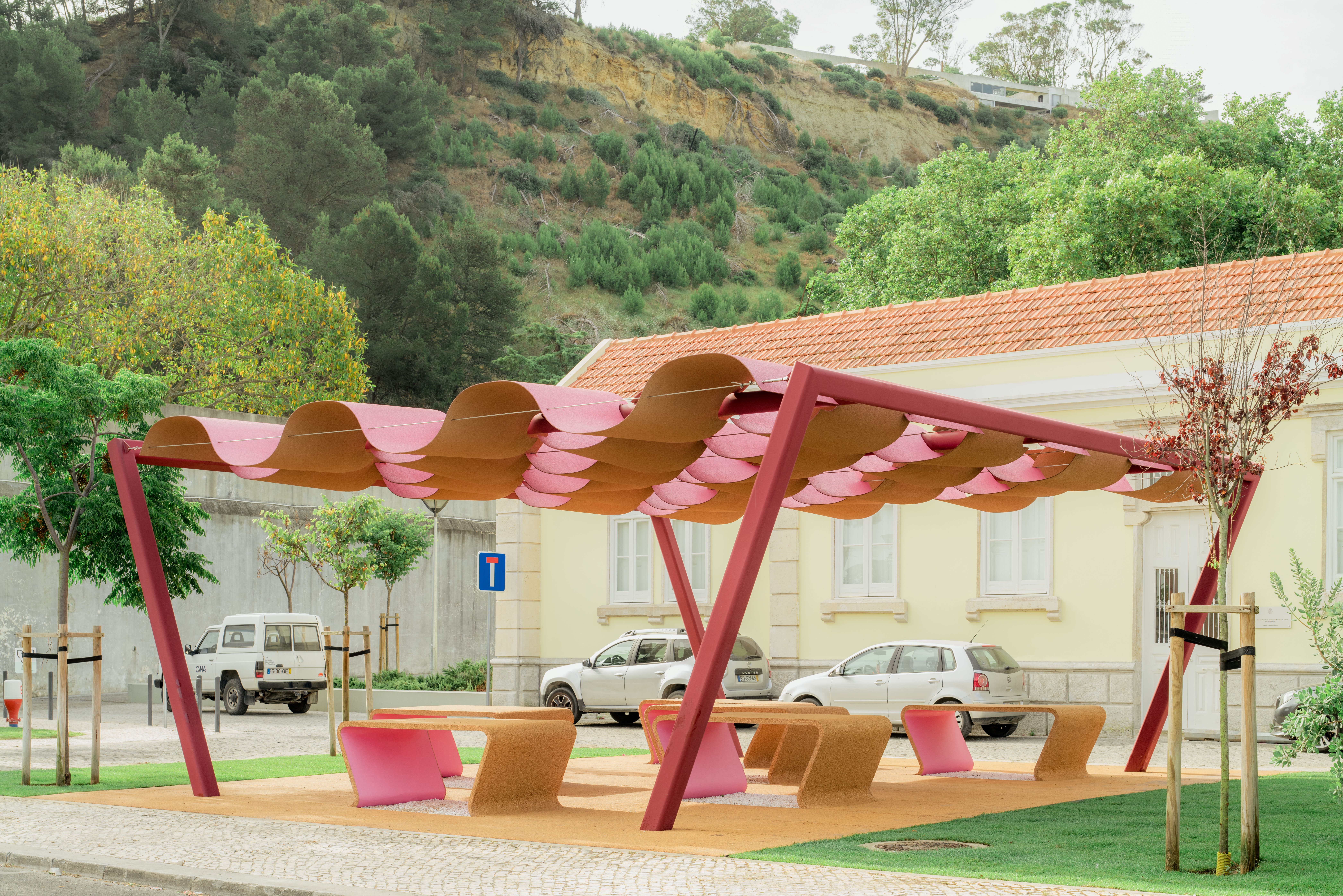
Further projects include Souto de Moura’s 'Conversadeira II', a love-seat-inspired structure intentionally positioned at the intersection of two buildings constructed more than 100 years apart. It invites contemplation on the past and future of Lisbon. Then, there's Sagmeister & Walsh’s series of interventions, tackling, for example, sound pollution with cork in a frequently used city underpass, while encouraging a longer-term approach to conversations on environmental changes.

‘Onda’ by Gabriel Calatrava’s Collaborative Architecture Laboratory (CAL)
'How can we protect or expand on the public realm, using spaces that are neglected?' asks Calatrava, discussing the motivation for activating disused spaces in cities like New York and Lisbon. Recognising his project's site in Trafaria, across the river Tagus, as home to many newly migrated communities, Calatrava sought to root his activation around creating a space for gathering.
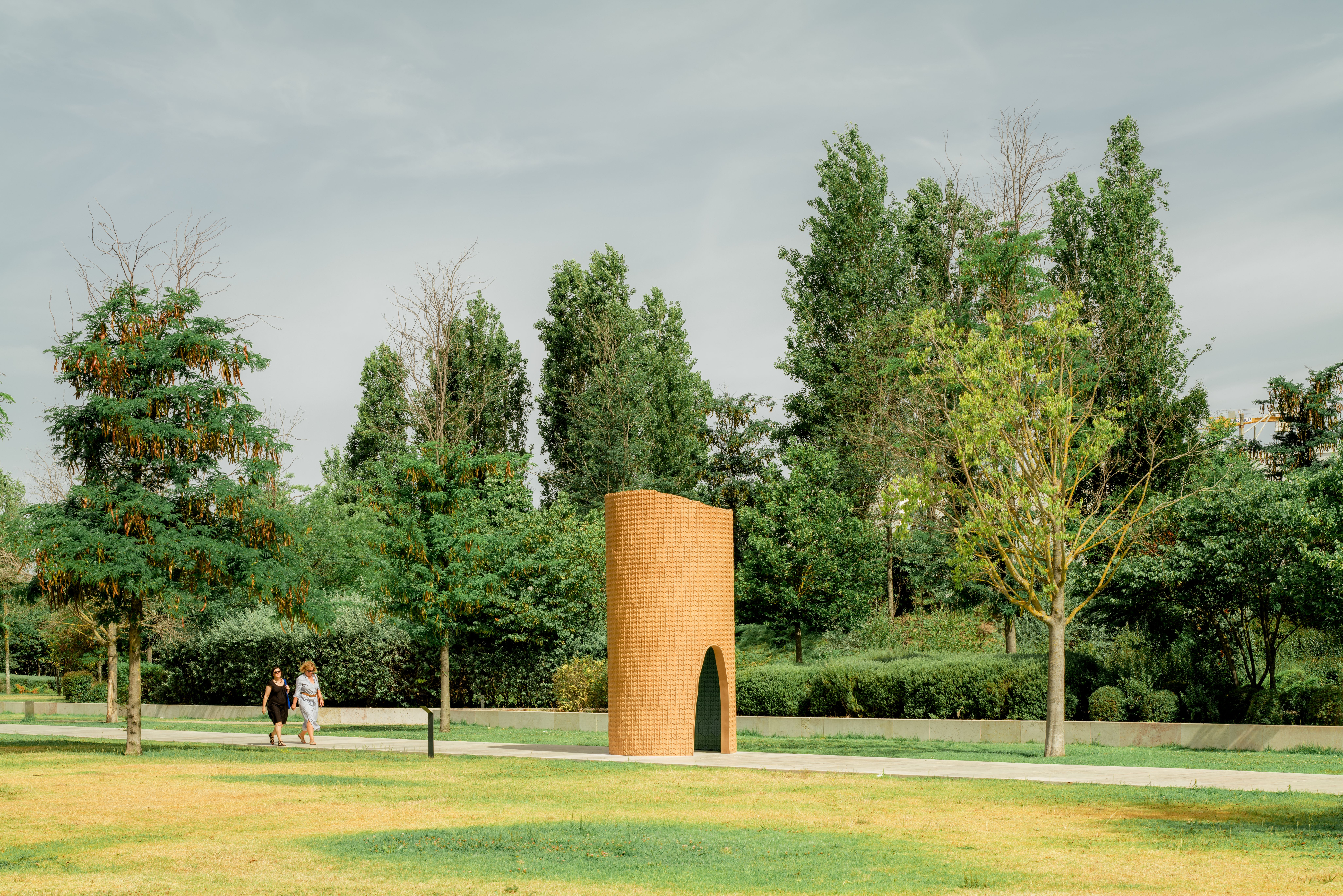
Now, straight off the docks, people are greeted by Gabriel Calatrava’s Collaborative Architecture Laboratory (CAL)’s permanent cork intervention, 'Onda'. A wide undulating canopy taps into cork’s infrared-absorbing properties to provide much-needed shade and tables for gathering below. Collaborating closely with Trafaria municipality's authorities and EDA – Ensaios e Diálogos Associação, a local civic group – local communities are actively encouraged to bring disused pieces of furniture, such as chairs, to the site, to be wrapped and protected in a layer of cork, promoting notions of reusability and recycling (alongside the wider benefits of cork furniture).
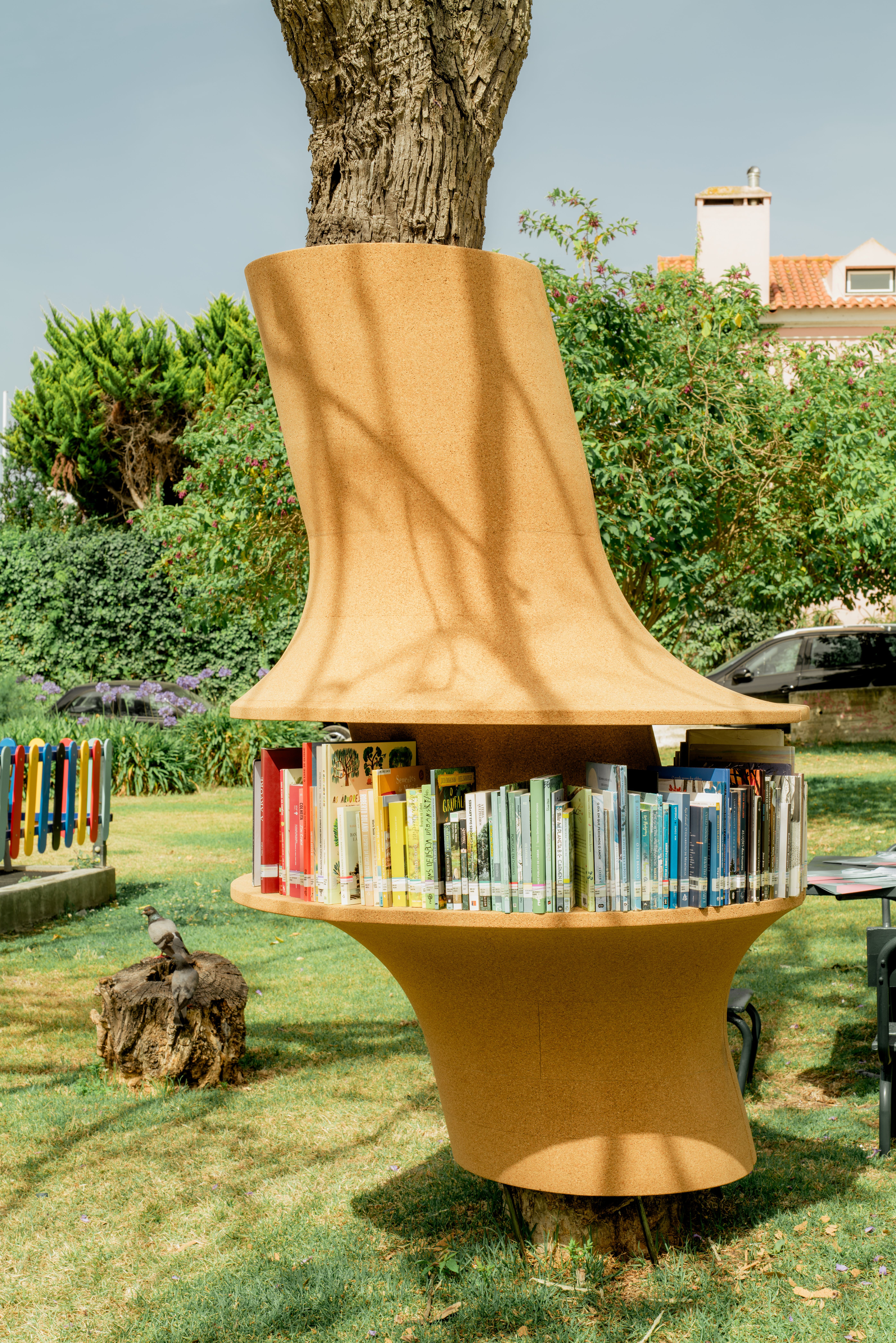
‘Lily Pad’ by Leong Leong
Back by the waterfront in Belém, sibling duo Dominic Leong and Chris Leong of internationally recognised Leong Leong, were inspired by the concept of ‘the city as a playground’.
'One of my first relationships with the city was through skateboarding […] Encountering different elements of architecture, furniture, playgrounds…' explains Dominic of his experiences of navigating cityscapes, and facing the barriers of 'defensible space'.
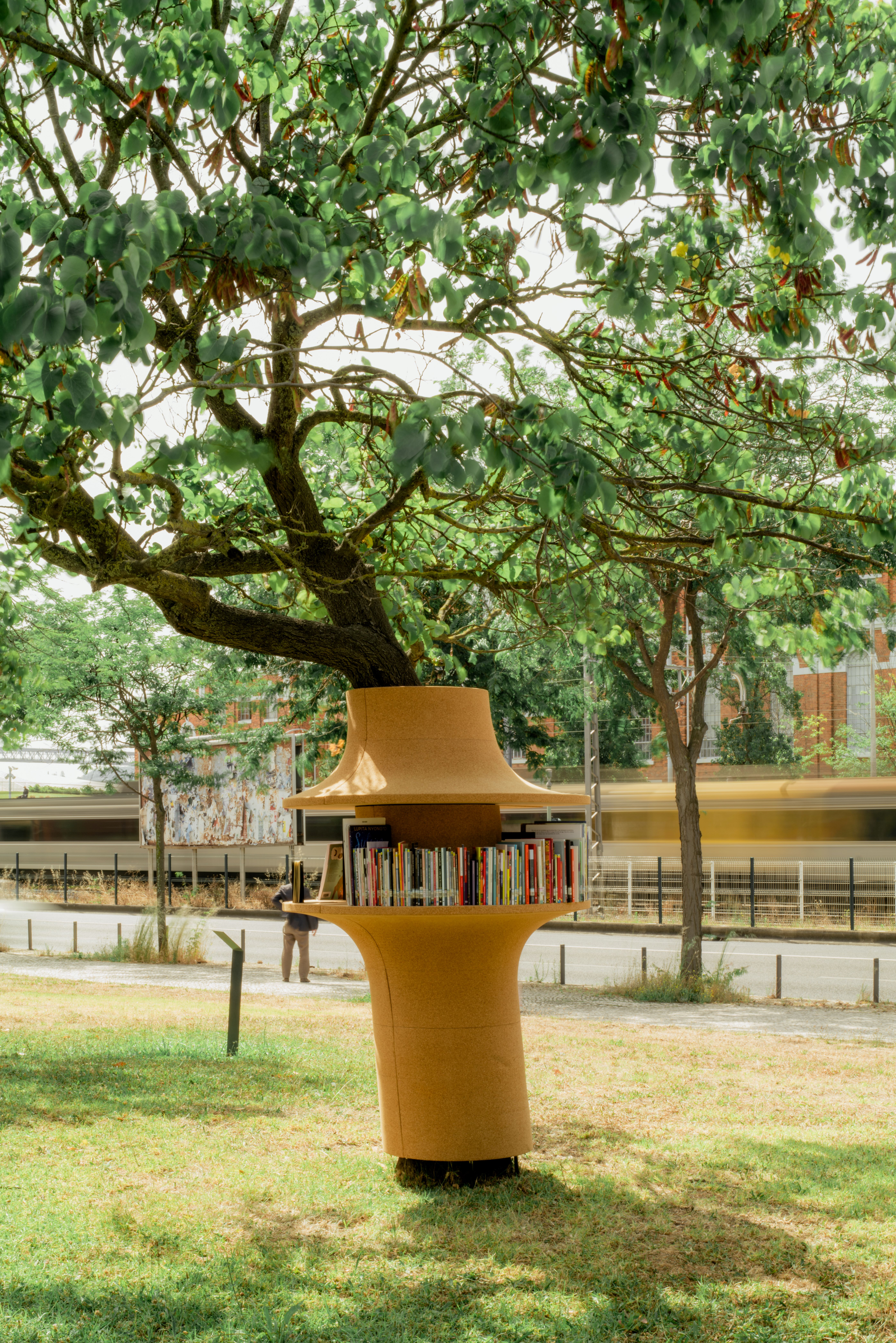
Prompted by the questions, 'What is the relationship between bodies and the surrounding city?' and 'How do they find comfort or rest?', Leong Leong designed 'Lily Pad'. For their concept, they transformed cork through a process of high pressure and temperature manipulation to yield a distinctive, dark, strongly scented playscape that 'creates a tactility or warmth, as if you were touching the ground'.
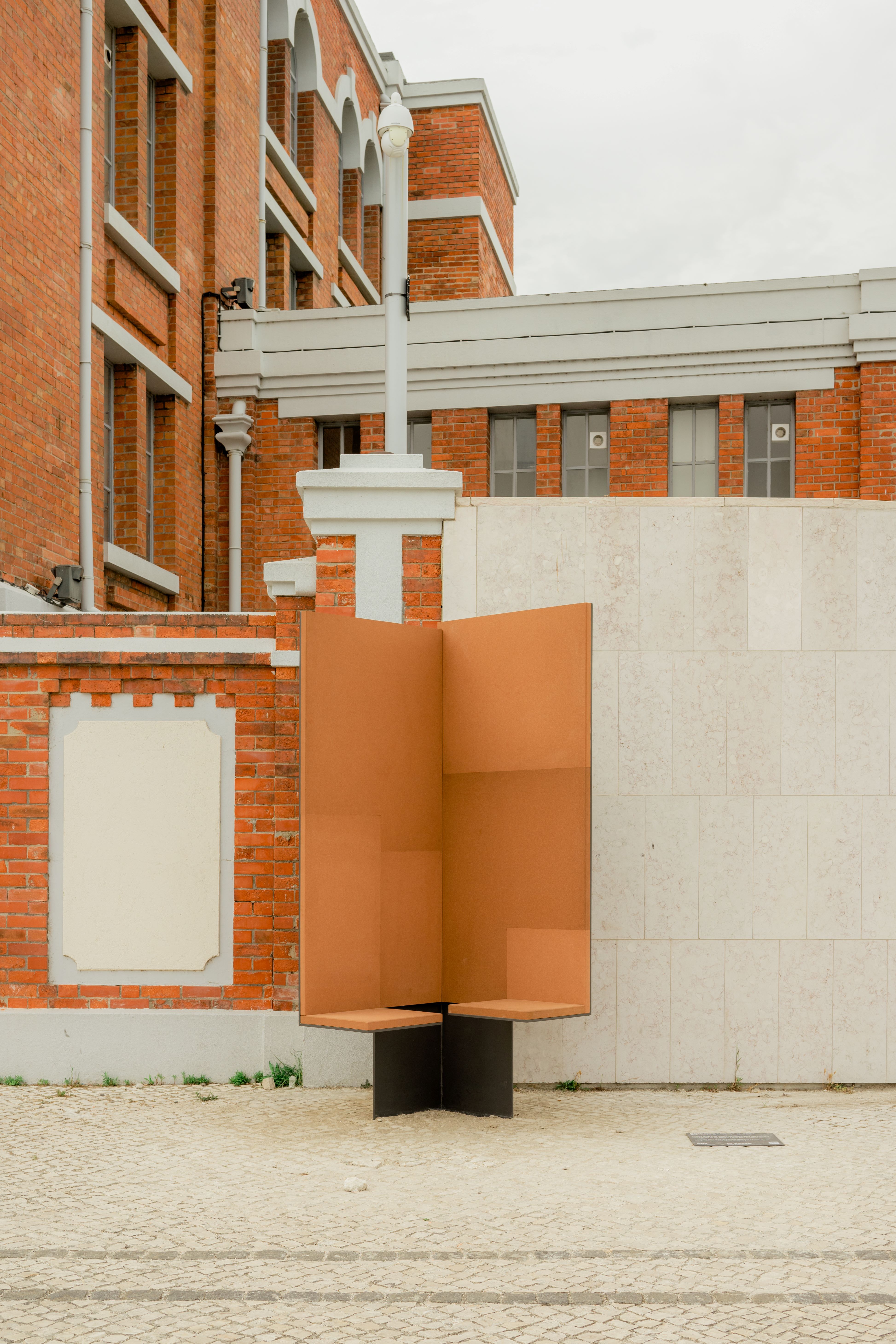
'In a lot of ways the project was about creating an indefensible play state [...] looking at possibilities in the space for different bodies to find comfort.'
Though each project offers distinct interpretations of cork’s potential in urban design, a palpable unifying thread is a deep appreciation of cork’s resilience, versatility and material intelligence, as well as the importance of community, engagement and participation, and an exploration of the politics of public space.
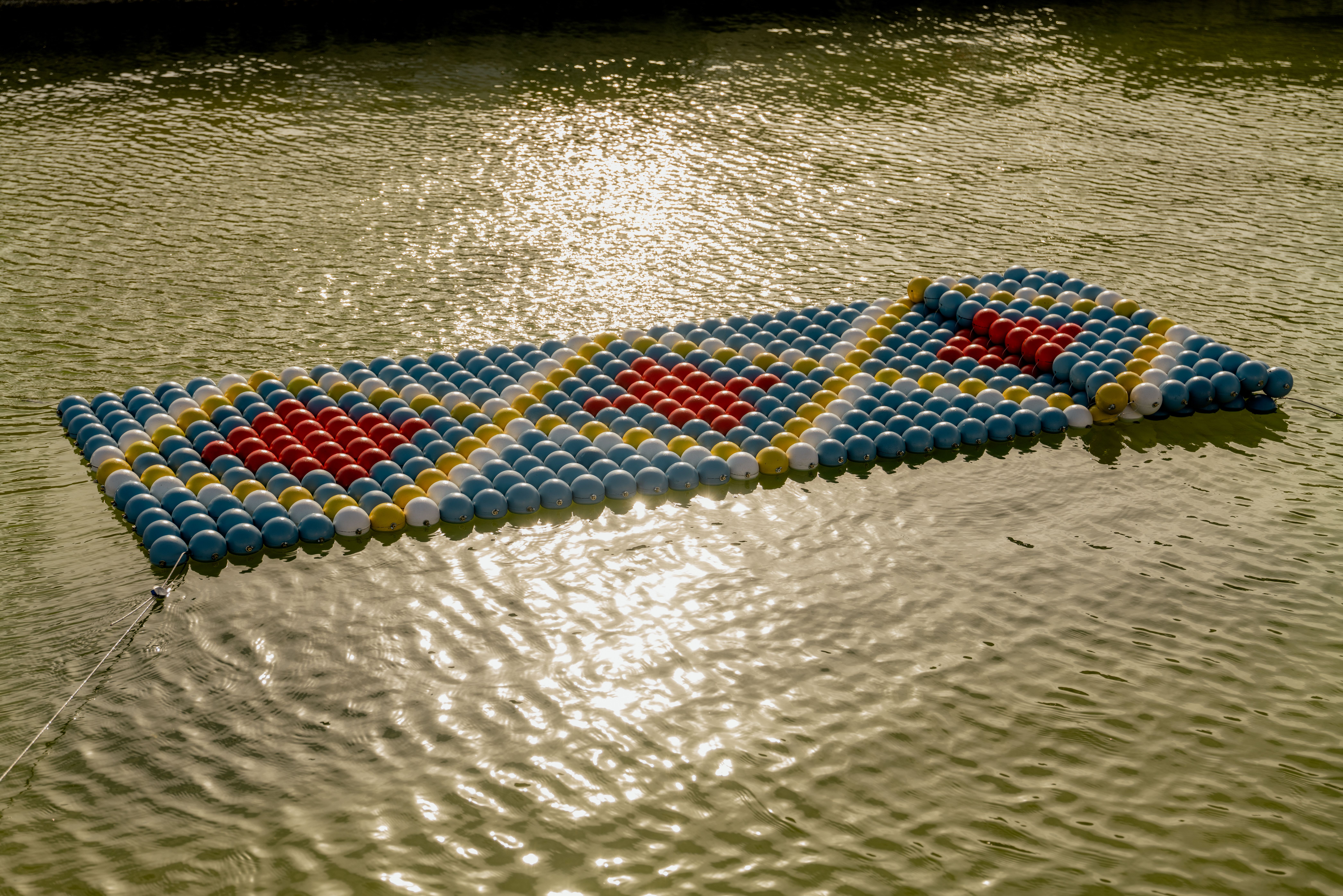
With continued plans for public programming in Lisbon and beyond, as well as the launch of a complementary publication that captures all projects, to be launched in September 2024 in New York, the conversation on the use of cork in urban design is far from over.

